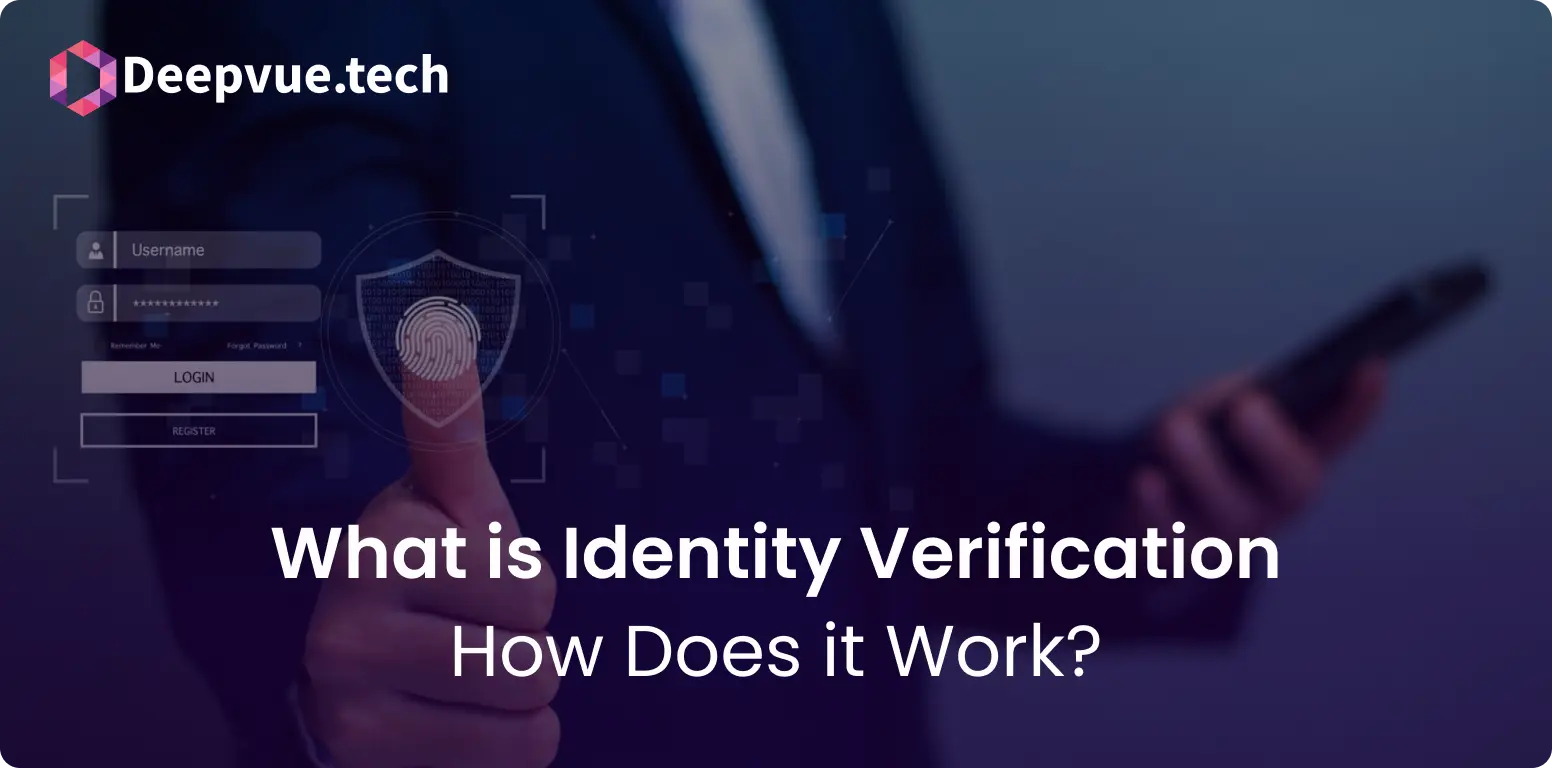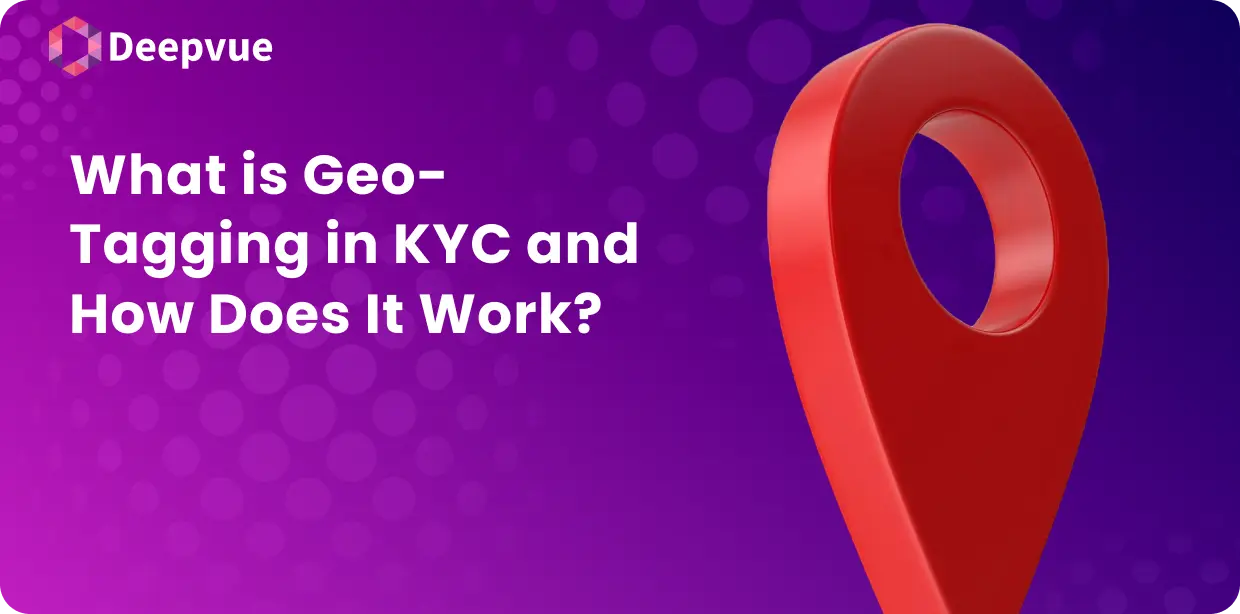Spoofing attacks are becoming one of the significant financial threats to the biometric systems. This involves cyber criminals trying to manipulate the systems into getting unauthorized access.
In this blog, we’ll talk about how to prevent spoofing attacks with liveness detection and how Deepvue.tech can enhance your security systems and prevent them from spoofing attacks.
What is a Spoofing Attack?
A spoofing attack happens when an unauthorized person poses as an authorized individual to gain access to their systems, data, services, etc.. These unauthorized people use photos, videos, or masks and trick the biometric systems to believe they are interacting with an authorized user.
Types of Spoofing Attacks
Let’s understand the type of spoofing attacks.
- IP Spoofing Attack: This type of attack involves changing IP addresses to make data packets appear as they are from a trusted source.
- Face Spoofing Attack: This type of attack uses images, videos, or masks to defraud facial recognition systems.
Both of these attacks misleads the systems to grant unauthorized access. Now, let’s understand how you can prevent such attacks using liveness detection.
Understanding Liveness Detection
Liveness detection is a type of security measure that looks for signs that a biometric sample – a face in a photo or video – is taken from a real person present and not a spoof. This technology ensures that only authorized users can access data, increasing the security of biometric systems.
Methods of Liveness Detection
There are two methods of liveness detection: active and passive.
Active Liveness Detection
When it comes to active liveness detection, the software needs to interact with a real human being. A person gets prompted by the system to perform a set of activities such as blinking, smiling or turning their head. This mechanism ensures that the person is physically present in that place at that time and hence permits access authentication. For example:
- Blink Detection: Because it is an organic human behavior, users are made to blink their eyes at certain intervals making it difficult to substitute with static images or videos .
- Challenge-Response: Users are asked to do random things like shaking their heads or making certain facial expressions to prove whether they are present at the moment or not.
Passive Liveness Detection
In contrast, passive liveness detection does not require any user involvement. The biometric data collected is analyzed using advanced algorithms and sensors for proof of life. For example:
- Texture Analysis: It shows if the skin is real or a synthetic material like masks or photos using skin texture differences.
- Reflectance: It distinguishes between flat images and 3D structures from light reflections on the face.
- Thermal Signatures: These can detect heat patterns which are unique properties of live tissues.
Popular Anti-Spoofing Techniques
- Eye Blink Detection: Determines natural patterns of eye blinks that cannot be replicated through photos or videos.
- Deep Learning Models: This method uses convolutional neural networks (CNNs) to distinguish between genuine and spoofed biometric samples.
- 3D Cameras: Such cameras capture faces in 3D thereby discriminating between a real face with others such as pictures, drawings, etc.
- Active Flash:This employs light reflections so as to know whether it is a spoofing case or just a genuine face.
Implementing Liveness Detection with DeepVue.tech
We offer modern API solutions at DeepVue.tech to enhance security using liveness detection. Our Passive Facial Liveness Detection API seamlessly integrates into existing systems, providing strong protection against spoofing attacks.
How Our Passive Facial Liveness Detection API Works
- Real-Time Analysis: Our Passive Facial Liveness Detection API does real-time analysis of biometric samples to verify liveness without any user interaction, ensuring a smooth and secure user experience.
- Advanced Algorithms: It uses AI & ML algorithms to accurately detect spoofing attempts through analyzing facial features, lighting, and texture.
- Background Execution: This works behind the scenes without users knowing about it throughout all live-ness processes keeping their information safe.
- Scalability: It can be deployed in various systems such as digital onboarding or secure transactions among others thus offering a flexible security solution for different contexts.
Key Benefits of Our Liveness Detection API
- Enhanced Security: This adds an extra layer of strength making it much harder for hackers to copy the system.
- User Convenience: The application runs in the background, does not require any additional actions from the user and allows seamless operations.
- High Accuracy: This reduces false positives considerably by allowing only genuine individuals to access while detecting spoof attempts with greater accuracy.
- Easy Integration: Our API is simple to put into action within existing setups without causing disruption or having any negative effects on security levels whatsoever .
Use Cases of Liveness Detection
- Digital Onboarding: Ensures that new users signing up for services are real individuals, preventing fraudulent account creation.
- Secure Transactions: Adds an extra layer of security during financial transactions, verifying the identity of users.
- Access Control: Integrates with access control systems to ensure only authorized personnel can enter restricted areas.
- Remote Verification: Provides secure identity verification for remote interactions, such as virtual meetings or online interviews.
Conclusion
Spoofing attacks pose a significant threat to biometric systems, but with advanced liveness detection techniques, these risks can be mitigated effectively. At Deepvue.tech, our Passive Facial Liveness Detection API offers a reliable and user-friendly solution to enhance security and prevent unauthorized access.
By integrating our API, businesses can ensure their systems are protected against sophisticated spoofing attacks, providing peace of mind and maintaining the trust of their users.
For more information and to see our API in action, contact Deepvue.tech and schedule a demo today.
FAQs
What is a spoofing attack, and how does it work?
A spoofing attack is when a cybercriminal impersonates another individual to gain unauthorized access to systems, data, or services. This can be done using photos, videos, or masks to trick biometric systems into believing they are interacting with a legitimate user.
How does liveness detection help prevent spoofing attacks?
Liveness detection helps prevent spoofing attacks by verifying the live presence of an individual during the biometric authentication process. It distinguishes between real human characteristics and spoof artifacts, such as photos or videos, ensuring only genuine users gain access.
What is the difference between active and passive liveness detection?
Active liveness detection requires user interaction, such as blinking, smiling, or moving their head, to prove they are live. Passive liveness detection, on the other hand, works in the background without requiring any user action. It uses advanced algorithms and sensors to analyze biometric data and determine liveness.
How accurate is DeepVue.tech’s Passive Facial Liveness Detection API?
Deepvue.tech’s Passive Facial Liveness Detection API offers exceptional accuracy in detecting spoof attempts. It uses advanced machine learning algorithms to analyze facial features, lighting, and texture, providing a high level of security and reducing false positives.
Can liveness detection be integrated into existing systems easily?
Yes, Deepvue’s Passive Facial Liveness Detection API can be easily integrated into existing systems. It is seamless & smooth, ensuring less disruption and increased security against spoofing attacks.








